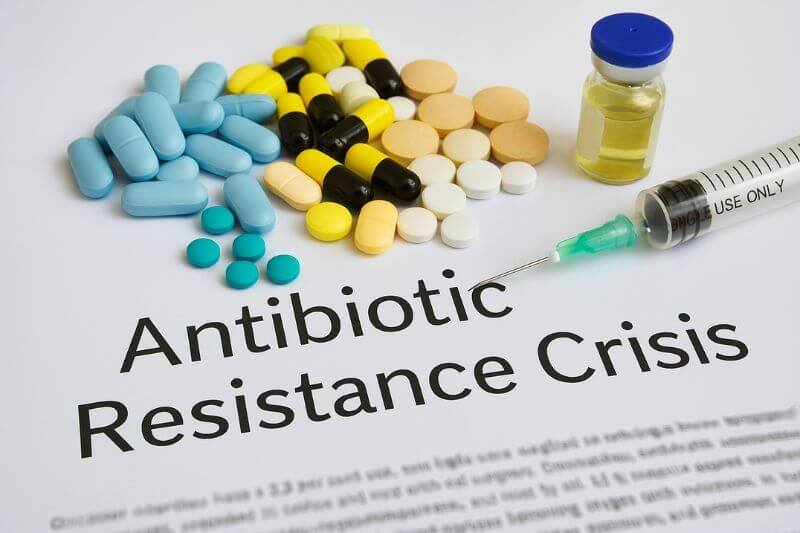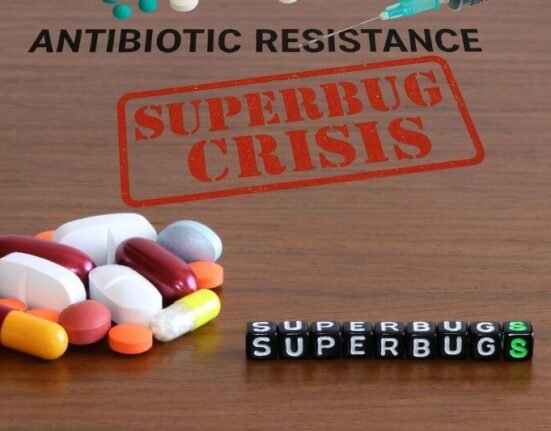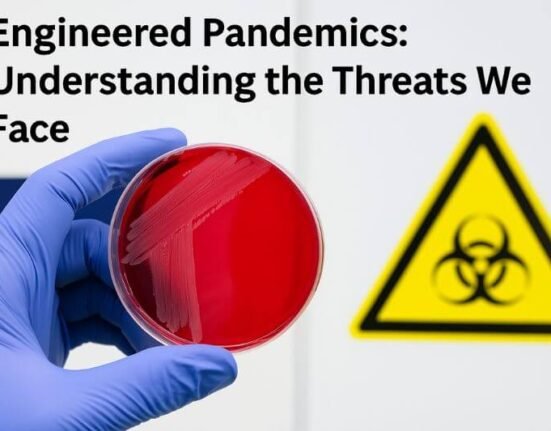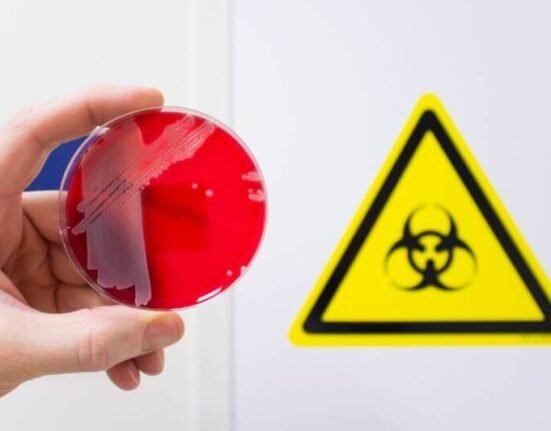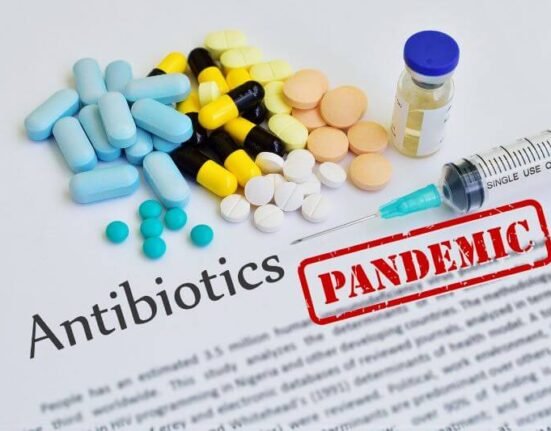The Silent Collapse of Modern Medicine
In the early 20th century, antibiotics revolutionized medicine. Infections that once killed millions—pneumonia, tuberculosis, sepsis—could suddenly be treated with a few pills. But today, that medical miracle is cracking. The antibiotic resistance crisis is no longer a distant concern for scientists—it’s a full-blown global emergency, slowly eroding our ability to survive even the most basic infections.
Each year, more than 1.27 million people die from drug-resistant infections, and experts warn that without radical change, we may soon enter a post-antibiotic era—where minor injuries, surgeries, and infections become deadly once again.
For survivalists, this isn’t just a health issue. It’s a collapse scenario, slow but catastrophic. The question now is not just how to treat infections, but how to adapt when antibiotics no longer work.
What Is Antibiotic Resistance?
Antibiotic resistance happens when bacteria evolve and develop the ability to withstand the drugs designed to kill them. This evolution is natural—but it’s being accelerated by overuse, misuse, and poor global regulation.
How It Happens:
- Bacteria mutate randomly, and some mutations protect them from antibiotics.
- These “superbugs” survive treatment and multiply.
- Over time, standard drugs become ineffective, requiring stronger, riskier alternatives—until even those fail.
Some of the most notorious drug-resistant bacteria include:
- MRSA (Methicillin-resistant Staphylococcus aureus)
- CRE (Carbapenem-resistant Enterobacteriaceae)
- XDR-TB (Extensively drug-resistant Tuberculosis)
- VRE (Vancomycin-resistant Enterococcus)
Global Status: A Growing Threat
The World Health Organization (WHO) calls antibiotic resistance one of the top 10 global health threats. But it’s more than a health issue—it’s an economic, food security, and civilizational risk.
Current Alarming Statistics:
- 1.27 million deaths/year from antibiotic-resistant infections globally
- 10 million deaths/year projected by 2050 if trends continue
- 700,000 livestock-related cases/year due to antibiotics in animal agriculture
- $100 trillion in projected economic cost by 2050
Key Regions at Risk:
- South Asia: High antibiotic misuse and poor sanitation
- Africa: Weak medical infrastructure = underreporting
- Western Europe / North America: Overprescription and hospital-acquired infections
Superbug Outbreaks Already Happening
1. New Delhi Metallo-Beta-Lactamase (NDM-1)
Discovered in India, this gene makes bacteria resistant to nearly all antibiotics. It has spread globally through travel and medical tourism.
2. Extensively Drug-Resistant Tuberculosis (XDR-TB)
Reported in over 100 countries, XDR-TB requires toxic, long-term treatment and still has a 50%+ mortality rate.
3. Pan-Resistant Gonorrhea
Strains of gonorrhea now resist all known antibiotics, posing a serious public health risk. WHO calls it “an urgent threat to reproductive health.”
Why Is This Happening?
1. Overprescription
Doctors often prescribe antibiotics “just in case”—even for viral infections like colds and flu. This builds resistance.
2. Agricultural Use
Over 70% of antibiotics globally are used in livestock, not humans. These antibiotics make their way into our food, water, and environment.
3. Poor Sanitation
In many countries, untreated sewage spreads resistant bacteria into the water supply, creating breeding grounds for superbugs.
4. Lack of New Drugs
Pharmaceutical companies have no incentive to develop new antibiotics (low profit, short treatment times), so innovation has stalled.
What Happens in a Post-Antibiotic World?
In a true post-antibiotic survival era, modern medicine changes completely. Procedures once considered routine become life-threatening.
Procedures at Risk:
- Cesarean sections
- Chemotherapy
- Organ transplants
- Dental surgery
- Knee or hip replacements
Infections from a scraped knee, cat bite, or urinary tract infection could become fatal. Hospitals become vectors of death, not healing.
How This Becomes a Survivalist Scenario
While this collapse is slow and silent, it’s no less serious than a nuclear war or climate disaster.
In a few years, it may become impossible to receive safe surgery or infection treatment. Supply chains for basic antibiotics could fail. Black markets for old drugs may emerge. Healthcare collapses under infection waves.
As a survivalist, your life may depend on your ability to:
- Prevent infections in the first place
- Treat wounds and sicknesses with alternative or early-stage tools
- Stock the right medical gear and knowledge before collapse peaks
Survivalist Strategies for the Antibiotic Resistance Crisis
1. Build a Medical Library
Stock high-quality books (printed, not digital-only) on:
- Herbal medicine
- Wound care
- Infection management
- Emergency dental & surgical procedures
Recommended:
- “Where There Is No Doctor”
- “Herbal Antibiotics” by Stephen Harrod Buhner
- “The Survival Medicine Handbook” by Joe Alton, MD
2. Stock Non-Prescription Antimicrobials
There are still legal, natural, and alternative antimicrobials you can store, including:
- Colloidal silver (used with care)
- Manuka honey (for wound dressing)
- Oil of oregano (broad-spectrum properties)
- Garlic extracts (allicin)
- Iodine, alcohol, hydrogen peroxide
They won’t cure sepsis—but in early stages or minor infections, they can be effective.
3. Learn Infection Prevention
Your best defense is not needing treatment.
- Learn sterile technique: gloves, alcohol, wound irrigation
- Protect skin integrity (wound sealing, hydration, nail trimming)
- Practice safe food handling and water purification
- Avoid dangerous exposure zones in public health crises
4. Prepare an Herbal Medicine Kit
Many plants have antibacterial and antifungal properties, and should be grown or harvested responsibly:
- Echinacea – immune boost
- Goldenseal – antimicrobial
- Yarrow – stops bleeding and infection
- Plantain leaf – draws out infection
- Calendula – skin and wound healing
Know how to process tinctures, poultices, infusions, and salves.
5. Protect Your Community
- Form local health watch groups
- Train others in first aid, cleanliness, and wound management
- Control exposure risks in group living environments
- Know isolation and decontamination protocols
6. Consider Stocking Fish Antibiotics (Where Legal)
In some countries (including parts of the U.S.), fish antibiotics like Amoxicillin or Doxycycline are chemically identical to human versions. While controversial, some preppers stock them for SHTF scenarios.
⚠️ Important: Always consult a medical professional when possible. Never take medication without proper diagnosis and dosage knowledge.
7. Use Natural Immune Support
Focus on strengthening your body’s own defenses:
- Zinc
- Vitamin D3
- Vitamin C (liposomal if possible)
- Elderberry extract
- Fermented foods (probiotics)
A strong immune system prevents minor infections from becoming major ones.
Future of Antibiotic Access: Rationing and Inequality
As resistance grows, new drugs will be:
- Expensive
- Rationed
- Restricted to hospitals or elite systems
This means low-income populations and remote survivors will be left to fend for themselves.
Black markets for expired or counterfeit antibiotics are already thriving in parts of Africa and Southeast Asia. Expect this to grow globally in crisis times.
Governments and Pharma Are Not Ready
Despite the obvious danger, few governments are acting fast enough:
- New antibiotic development is nearly frozen.
- Global cooperation is poor.
- Public awareness is dangerously low.
This makes personal and community-level preparedness essential. Don’t wait for public health systems to save you. Take your medical resilience into your own hands.
Prepare Now for the Post-Antibiotic Era
The antibiotic resistance crisis is not just about sick people getting sicker. It’s a slow, systemic failure of modern medicine—and it’s already happening.
For survivalists, this is a call to train, stock, and build medical independence while it’s still possible. Don’t wait for your hospital to fail. Don’t wait for that infection that won’t respond to treatment.
We are entering a world where infections become untreatable. But with preparation, knowledge, and discipline, you can stay ahead of the curve—and survive what comes next.









